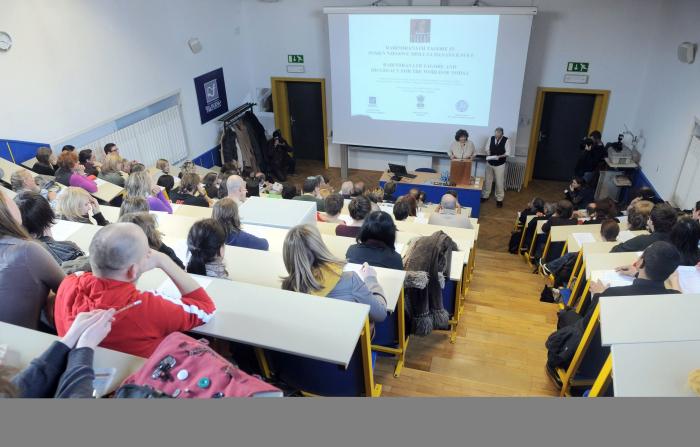
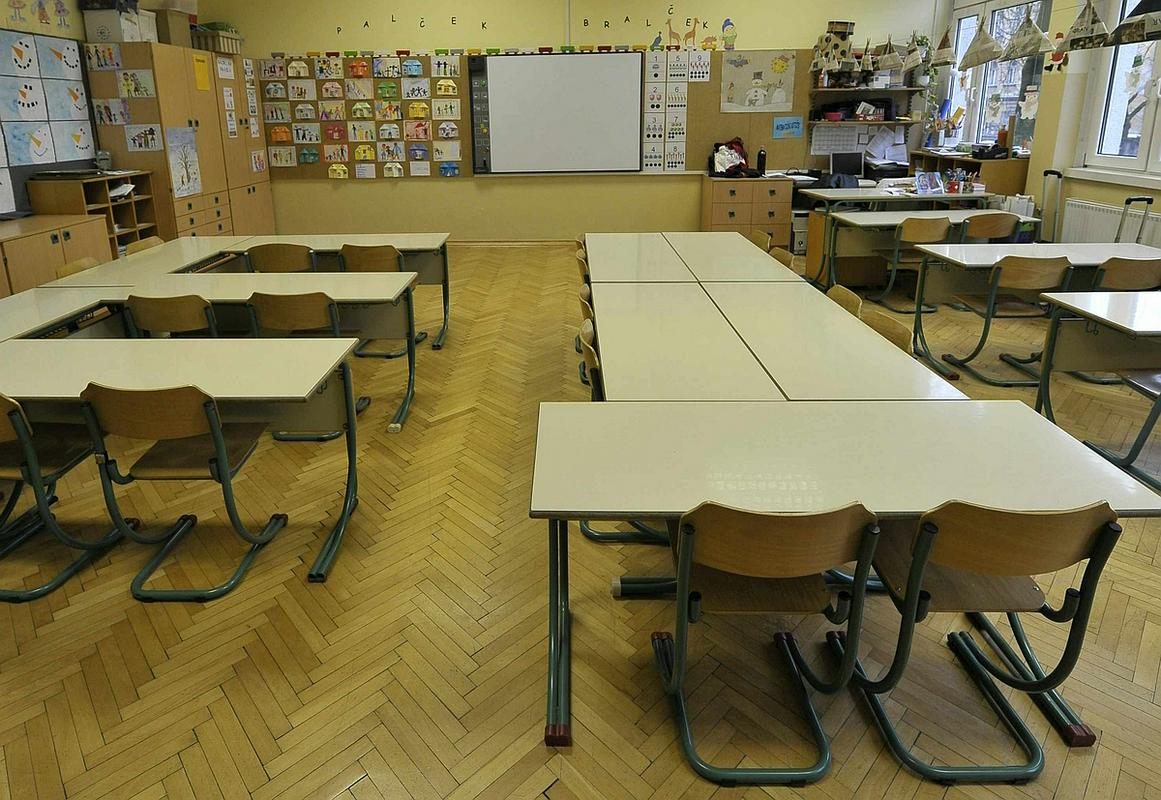
Slovenia has encountered challenges that touch closely upon the development and implementation of adult education. Demographic changes, structural changes in the economy, social and technological development, and globalisation that leave a mark on all segments of society, are the circumstances demanding that the principle of lifelong learning be implemented in adult education.
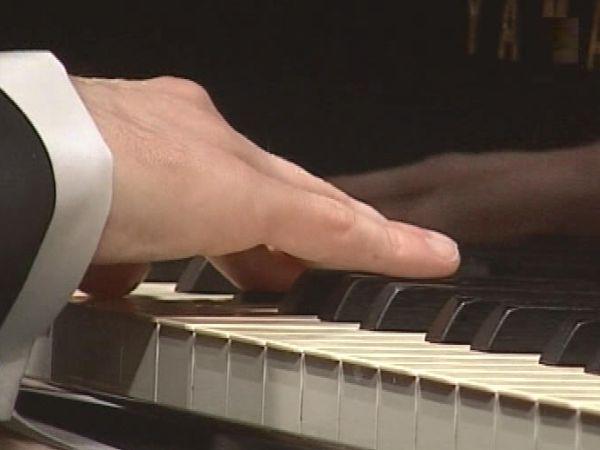
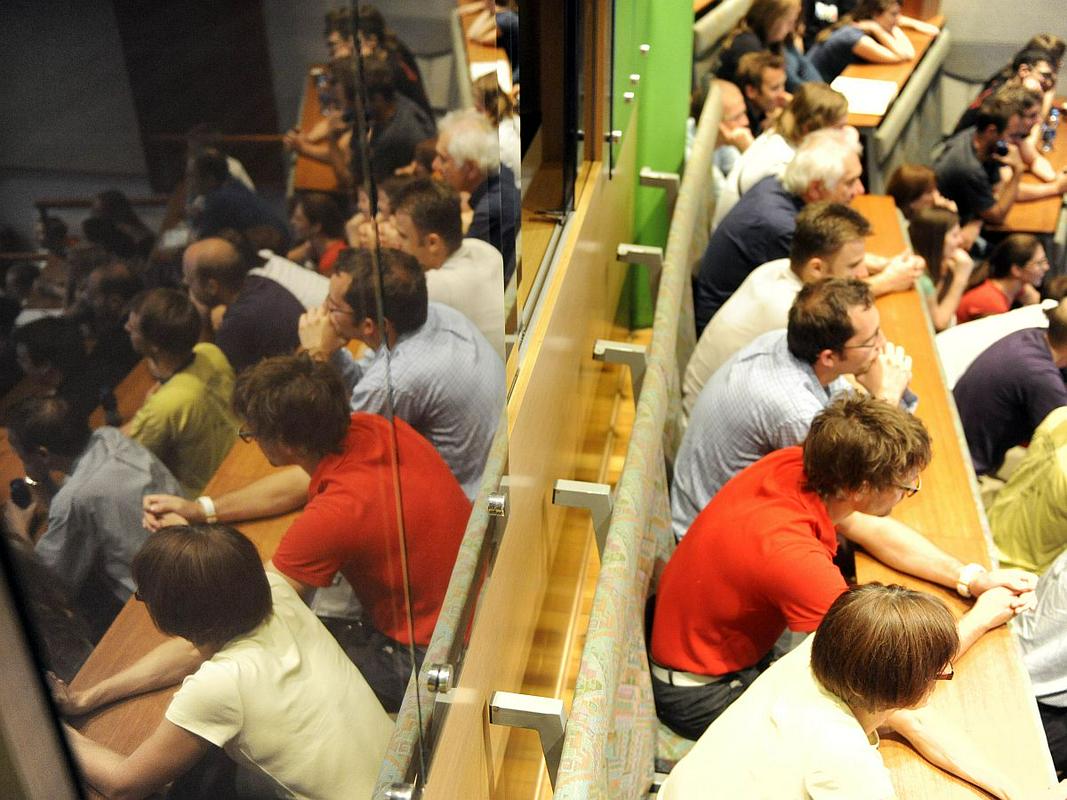
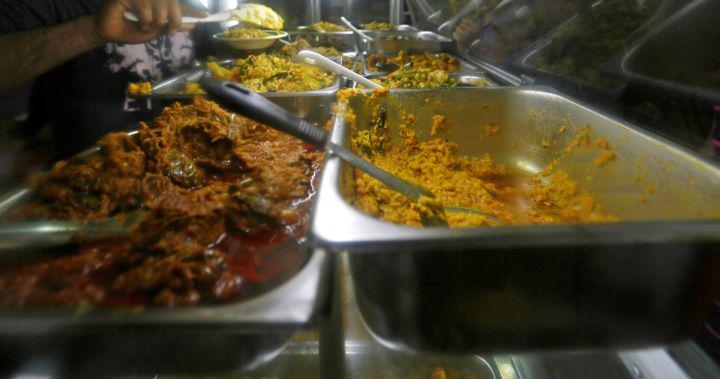


We have achieved a high-quality, all-inclusive and accessible education at all levels. Faced with the current challenges of social change, we must focus all our efforts on continuing to ensure quality and excellence in educational, research, development and innovation processes together with all stakeholders in the education sphere. Only in a dialogue with everyone can we take well-considered steps towards further development and maintain the stability and quality of the system. We must once again – and with more vigour – place children and young people at the centre of the transfer of knowledge and our common concern for development, while empowering teachers with the skills required by social change in the domestic and international environment. Promoting curiosity, openness and innovation at all levels of education must be our common social objective and part of our everyday mission for the development of Slovenia. This is the responsibility of all of us who work in any way and participate in education and scientific development processes and activities. Today it is children and young people who will steer and fulfil our future.
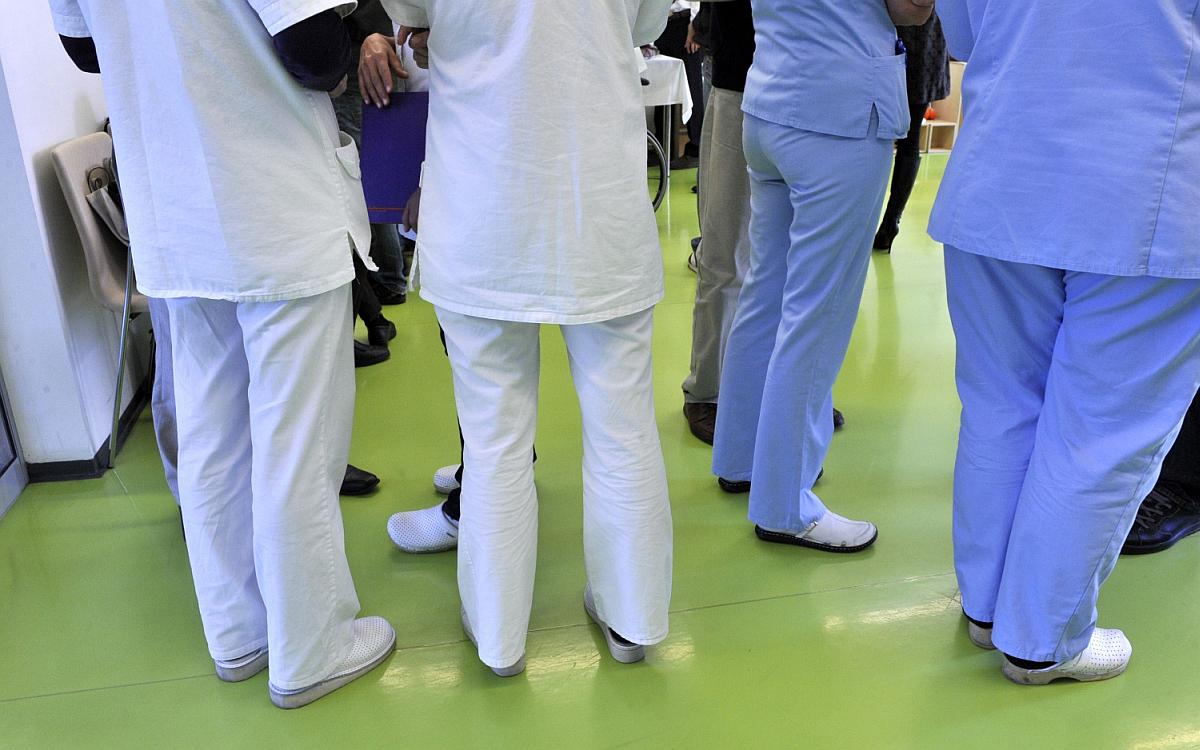
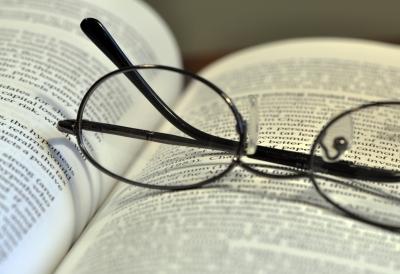
Slovenia among the top countries in nursery school attendance
Since the beginning of the Republic of Slovenia until the present day, preschool education in public nursery schools has recorded high-quality development and progress. In international terms they rank at the very top, in part because alongside their primary service of nurturing, they add elements of pure education for young children. In 1991 less than half of all children attended preschool, while in the 2014/15 school year attendance stood at 76.8 percent, which ranks Slovenia among the top in the world.
In order to make information about nursery schools accessible to all, the ministry set up on its official website a special Info Point, enabling parents and other interested parties to obtain in one place all the necessary information about preschool (prices, types of programmes, locations, available places, expected waiting periods). This helps them select a nursery school that meets their desires and needs.
The Government’s attention was not just focused on establishing the conditions for high-quality preschool services in nursery schools, but also on improving the financial accessibility of the schools. In particular the Government improved the financial accessibility of nursery schools for those families with two or more children at nursery school at the same time. For a second child the Government covers 70% of the family’s cost of nursery school, while third or more children can attend for free.
Eight to nine-year programme
Up until 1999, primary education in Slovenia lasted eight years. Then in 1999 the project of a nine-year primary programme was initiated at 17 primary schools, and all primary schools switched to the new programme in the 2003/2004 school year. Children then started attending primary school when they were six.
In substantive terms the nine-year programme brought changes to the curriculum, especially in the form of new syllabuses which are target-oriented, meaning that they define what pupils should achieve in an individual class or grade. Equally we defined the standards of knowledge that are the basis for verifying and assessing knowledge.
The introduction of the nine-year programme involved the teaching of the first foreign language being shifted to the 4th grade of primary school, while the second foreign language gained a place among the required elective subjects in the third educational period. While the first two foreign languages remain English or German, the range of other foreign languages is wider, growing over the years to number 12 different languages. Most recently a syllabus for learning and teaching Chinese was adopted.
The biggest shift in the area of teaching foreign languages came with the revised Elementary School Act of 2011, which envisaged the gradual introduction of the first foreign language in the 2nd grade of primary school starting in the 2013/14 school year. This means that starting in 2016/17 every second-year pupil in Slovenia will already be learning a foreign language, and whoever wants to, can already learn a foreign language as an elective in the first year. The same applies to children in the ethnically mixed areas.
Special attention for children with special needs
In the period since independence, the Slovenian education system has given particular attention to children with special needs. Such children can enrol in various programmes, and for each child a guidance committee determines their individual educational needs, while an expert group prepares an individualised programme for them. In 25 years we have established a system in Slovenia that recognises children with learning difficulties in specific areas, and all children that need it receive special educational assistance.
14 percent of primary pupils attend music school
In 1991 there were 53 public music schools operating in Slovenia, attended by a total of 18,867 pupils, representing 6.86% of the entire population of primary school children. Today there are 54 public and 13 private music schools. In the 2015/16 school year a total of 25,448 pupils are attending music schools, representing 14 percent of the entire primary school population. We are one of the rare European countries that finances and directly supports the development of public music education.
School food
Slovenia devotes special attention to children’s nutrition at school. Back in 1992 the Slovenian Government ensured funds for subsidised school meals for socially at-risk children in primary and secondary schools, so that schools would provide one meal daily to all pupils whose parents could not provide it. Every year since 1992, the Ministry of Education, Science and Sports has subsidised morning snacks at school for pupils, and since 2010 lunch, too. Furthermore in July of last year the Slovenian National Assembly adopted a law under which in this calendar year a change to the subsidising of lunch took effect. It expands the circle of those eligible for subsidised school lunches. The amended law still grants free lunches to pupils for whom the net average wage in Slovenia does not exceed 18 percent per family member. Since January 2016 this eligibility is also granted to pupils for whom the average monthly income per person determined in a decision on child supplement amounts to 36% of the average net wage in Slovenia.
In the 2015/2016 school year 98 percent of pupils are registered for school morning snack, and more than half of them receive it for free. A total of 73 percent of pupils are registered for school lunch, with a tenth of them receiving it for free. In secondary schools 66 percent of pupils are registered for morning snack, of which 43 percent receive subsidies.
IT and communication technology in education
Slovenian education is keeping pace with global and European trends in introducing and applying information and communication technology in educational institutions (e.g. including use in all subjects and in related work with teachers and school managers, introducing the use of internet services, which is closely connected with the functioning of the Academic and Research Network of Slovenia (Arnes), development of e-materials and e-textbooks that are free for users, all supported by ensuring infrastructure provision for institutions). With additional funding, including European funds, the ministry is promoting the creation of e-textbooks. Currently there is a total of 42, of which 25 have already been confirmed. All e-textbooks are interactive and as such promote self-learning.
A total of 710 institutions (nursery schools, primary, secondary and post-secondary schools, institutions for children and youths with special needs, music schools, school halls of residence, folk high schools) have been supplied with 2,265 PCs, 1,303 laptops and 113 projectors.
Using optic connections with speeds of 1GB/s we linked up 755 education and research institutions to the Arnes network, covering 70% of all people attending educational establishments in Slovenia.
Slovenian education is currently around the EU average in terms of use of ICT in teaching and learning. As for areas in which we have systematically invested, we are actually among the best in Europe (e.g. teacher training, teacher support, virtual communities of teachers, online classrooms, use of computers in various school spaces).
98 percent of children go on to secondary school
The proportion of children who enrol in secondary school after completing their primary education has been constant in recent years at 98 percent. The share of young people aged between 15 and 19 enrolled in secondary schools stands at 77 percent. In 1991 this share stood at 63.5 percent. We are also one of the European countries to achieve a less than 5% drop out rate of those attending primary and secondary education.
In the 25-year period the secondary school sector has been strongly impacted by demographic shifts in the population, where the number of school pupils first increased, then over the past 15 years fell markedly. This has also been reflected in the number of secondary education institutions.
The overhaul of vocational and professional education saw the introduction of the vocational matura (school leaving) exam, where candidates demonstrate standards of knowledge set out in the education targets of secondary technical and other professional education programmes, vocational/technical education, vocational courses and qualifications for pursuing higher education. In 2007 the first generation of secondary school pupils took the vocational matura exam.
Passing the vocational matura exam in secondary vocational education and vocational/technical education programmes signals the attainment of vocational qualifications and the possibility of enrolling in post-secondary and higher-education-level professional programmes. While completing the vocational matura it is possible to take an additional (general) matura subject, which enables access to university programmes and a high level of progression to tertiary education.
In the current period we are striving to link vocational education increasingly to the labour market, so we are also drawing up proposals to enhance a dual system such as traineeship, individual learning contracts, open learning environments and so forth.
Slovenia fulfilling the principle of lifelong learning
Slovenia has encountered challenges that touch closely upon the development and implementation of adult education. Demographic changes, structural changes in the economy, social and technological development, and globalisation that leave a mark on all segments of society, are the circumstances demanding that the principle of lifelong learning be implemented in adult education.
The overarching indicator, which is also monitored on the EU level, is the enrolment of adults aged 25 to 64 in lifelong learning. This rose in Slovenia up until 2010, when it stood at 16.2%, placing the country in a very high position among EU countries.
After that year lower enrolment was recorded both in Slovenia and the majority of comparable countries.
Adults wishing to obtain a primary education can enrol in the primary education for adults programme. The share of adults aged 15 and over who have not completed primary education fell between 1991 and 2015 from 17.4% to 3.6%.
Adults seeking secondary education can enrol in secondary programmes that are practically adapted for adult needs and factors. The share of adults aged 15 and over who have completed secondary education rose between 1991 and 2015 from 43.1% to 52.7%. The share of all people with secondary education and higher increased in that period from 52% to as much as 74%.
Adults can also acquire knowledge and skills under special adult programmes. This area includes publicly recognised programmes adopted by the competent minister of education, study circles and other programmes designed by organisations in line with the current needs of individuals, the business sector and companies.
The important publicly recognised programmes include those intended for vulnerable target groups of adults, such as training programmes for life success, foreign language courses, Slovenian as a second and foreign language, initial integration of immigrants, computer literacy for adults and project learning for young adults (a programme for drop-outs). Since 1991 to the present day, eight special publicly recognised programmes have been developed for various vulnerable adult groups, with roughly at least 10,000 adults enrolling annually.
In 1991 the Slovenian Government established the Slovenian Institute for Adult Education, which serves as the main public institution supporting development and guidance in the area of adult education in Slovenia. In its time of operation it has developed and implemented activities in support of adult education and learning: information and guidance for adults provided on a regional level, independent learning centres and a knowledge exchange. In addition, a Slovenian model for self-evaluation in adult education has been developed, Offering Quality Education to Adults, which has been applied by 69 educational organisations.
Post-secondary professional education completes tertiary education system
Post-secondary professional education supplements the range of courses offered in Slovenia’s tertiary education. Post-secondary higher education was fundamentally overhauled in the nineties. In the 1995 White Paper on Education in the Republic of Slovenia, post-secondary professional education was defined as a component of vocational and professional education. This means that the two-year post-secondary courses have a practical orientation. Students are enabled to acquire vocational competences in line with professional standards, and graduates are also qualified to lead, plan and supervise working processes. Practical courses are pursued at the workplace in companies and are tied in content both to specific modules in the programme and to the actual business activity of the company.
The first new two-year post-secondary programmes comparable on a European scale were adopted in 1996, and they were designed on the basis of actual HR needs in the economy.
The signing of the Bologna Declaration on a European Higher Education Area in 1999 signalled for Slovenia the need for the more recognisable place of post-secondary vocational education in tertiary learning and the status arrangement of post-secondary colleges, along with the implementation of instruments such as a credit system for studies, annexes to diploma certificates, and ensuring and monitoring quality.
Between 2004 and 2008, with the support of the European Social Fund, new principles were formulated for the design of post-secondary programmes, placing post-secondary vocational courses within the Bologna Process. These principles served as the basis for the overhaul of post-secondary programmes and their introduction into vocational colleges. All programmes were overhauled, and several new ones were created, while the process also implemented the principle of the open curriculum, which enables individual vocational colleges to decide for themselves about at least one module making up a constituent part of the study programme.
The advantage of such post-secondary education lies in the fact that it is very appealing to the business sector. The education process is adapted to the student, programmes are flexible and assembled in modules, studies are IT supported, practical classes are provided in new and technologically advanced inter-company education centres, and graduation assignments involve solving specific business problems, rationalisation of production processes, or applied research. Lecturers at post-secondary vocational schools are also experts selected from the field, who bring to the study process rich and practical experience and applied knowledge from the business sector.
The scope of education courses at post-secondary vocational schools increased steeply from 1996/1997, when 342 students were enrolled, to 2010/2011, when a total of 15,707 students were enrolled. After that year the number of enrolments fell, and in 2015/2016 a total of 10,757 students are enrolled in post-secondary courses.
Full-time post-secondary studies are financed from the national budget, so are free, while part time students must finance themselves.
Major changes in higher education since Slovenian independence
The internationalisation of higher education is one of the principal objectives and main policy areas of the Bologna Process and the European Higher Education Area (EHEA). According to OECD data (2014), education systems in Europe are becoming increasingly open, and growing numbers of students are opting to study abroad.
In recent years there has also been an increase in the mobility of students and higher education teachers and associate staff. Between 2008 and 2015, as part of the Erasmus+ programme, a total of 12,820 Slovenian students and 3,715 higher education teachers went on exchanges, while 12,293 foreign students and 3,933 foreign higher education teachers came to Slovenia.
The development and functioning of the system of ensuring quality in Slovenian higher education is the responsibility of the SQAA – Slovenian Quality Assurance Agency for Higher Education. It operates with substantive and formal responsibility and provides guidance for all stakeholders and participants in tertiary education, in accordance with the European and world development orientations.
The Agency is a full member of the European Quality Assurance Register for Higher Education (EQAR). With the decision of the EQAR on its membership based on an evaluation report by an international group of assessors on 19 October 2013, it fulfilled an important strategic goal, becoming a member of the European Consortium for Accreditation (ECA), the Central and Eastern European Network of Quality Assurance Agencies in Higher Education (CEENQA) and the International Network for Quality Assurance Agencies in Higher Education (INQAAHE). In 2014 the Agency also became a member of the European Association for Quality Assurance in Higher Education (ENQA).
Slovenia has encountered challenges that touch closely upon the development and implementation of adult education. Demographic changes, structural changes in the economy, social and technological development, and globalisation that leave a mark on all segments of society, are the circumstances demanding that the principle of lifelong learning be implemented in adult education.
We have achieved a high-quality, all-inclusive and accessible education at all levels. Faced with the current challenges of social change, we must focus all our efforts on continuing to ensure quality and excellence in educational, research, development and innovation processes together with all stakeholders in the education sphere. Only in a dialogue with everyone can we take well-considered steps towards further development and maintain the stability and quality of the system. We must once again – and with more vigour – place children and young people at the centre of the transfer of knowledge and our common concern for development, while empowering teachers with the skills required by social change in the domestic and international environment. Promoting curiosity, openness and innovation at all levels of education must be our common social objective and part of our everyday mission for the development of Slovenia. This is the responsibility of all of us who work in any way and participate in education and scientific development processes and activities. Today it is children and young people who will steer and fulfil our future.

































































